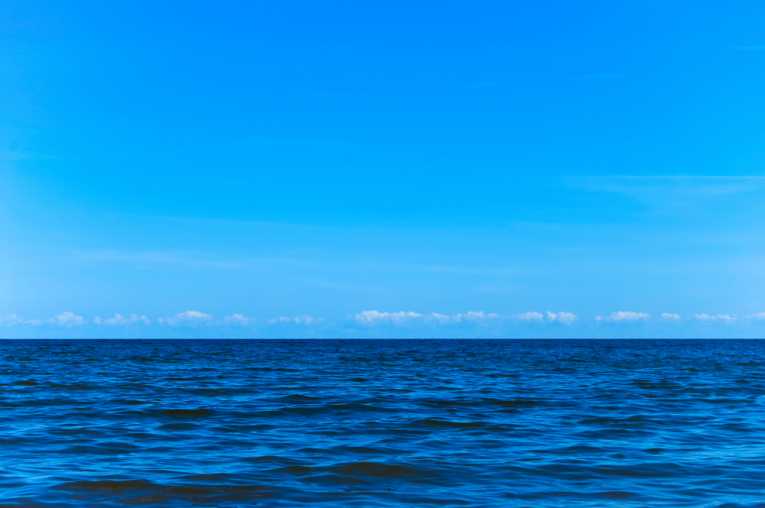 Just imagine this weeks-long search for the missing Malaysian airliner across thousands of miles of ocean. Just the blue sky and the blue water as far as the eye can see.
Just imagine this weeks-long search for the missing Malaysian airliner across thousands of miles of ocean. Just the blue sky and the blue water as far as the eye can see.
Now the reality. It appears that the search for a broken up 777 airliner, nearly the size of a football field, is hard to pick out of the vastness of this space because there is so much other trash out there!.
There is something very profound in this statement, “confounded by the detritus of civilization”, made by the same Charles Moore I’ve written about before (here and here.) He has seen what he speaks about; he has visited known trash areas year after year as part of his research. He has focused generally on the amount of plastic that has been inadvertently washed out to sea from city gutters and beaches. Since this never breaks down into organic matter but rather biodegrades into smaller particles there is now evidence that this plastic is moving through the oceanic food chain from fish and turtles to birds.
The trash is more extensive than we can really grasp. This floating plastic breaks down into micropellets that float just beneath the surface and gets swooped up by fish and birds as the bits of color surface and sink again. A large oceanic region called the “Pacific Gyre” or the “Great Pacific Garbage Patch” where moving currents have brought plastic into areas the size of Texas now seems the least of our worries. According to the New York Times, there are as many items of trash in our oceans as you can bring yourself to imagine–mattresses, broken up ships, fishing nets, shipping containers–up to 700 per year!–not to mention the estimated 5 million tons of debris that swept into the Pacific following the 2011 tsunami in Japan.
I remember a long time ago when the “Keep America Beautiful” campaign would show up on trash cans and billboards and even be advertised on the few channels we had on television. Everyone became aware of trash on our streets, trash cans popped up on every street corner and god forbid if you were caught throwing something out of a car window. This program has taken on new life in many forms but the ethos of it always remains the same–we have to stop dirtying where we live.
We need a Make Our Oceans Beautiful campaign. No more excuses. “Out of sight, out of mind” just doesn’t cut it anymore, because now, without a doubt, we know what is out there.
